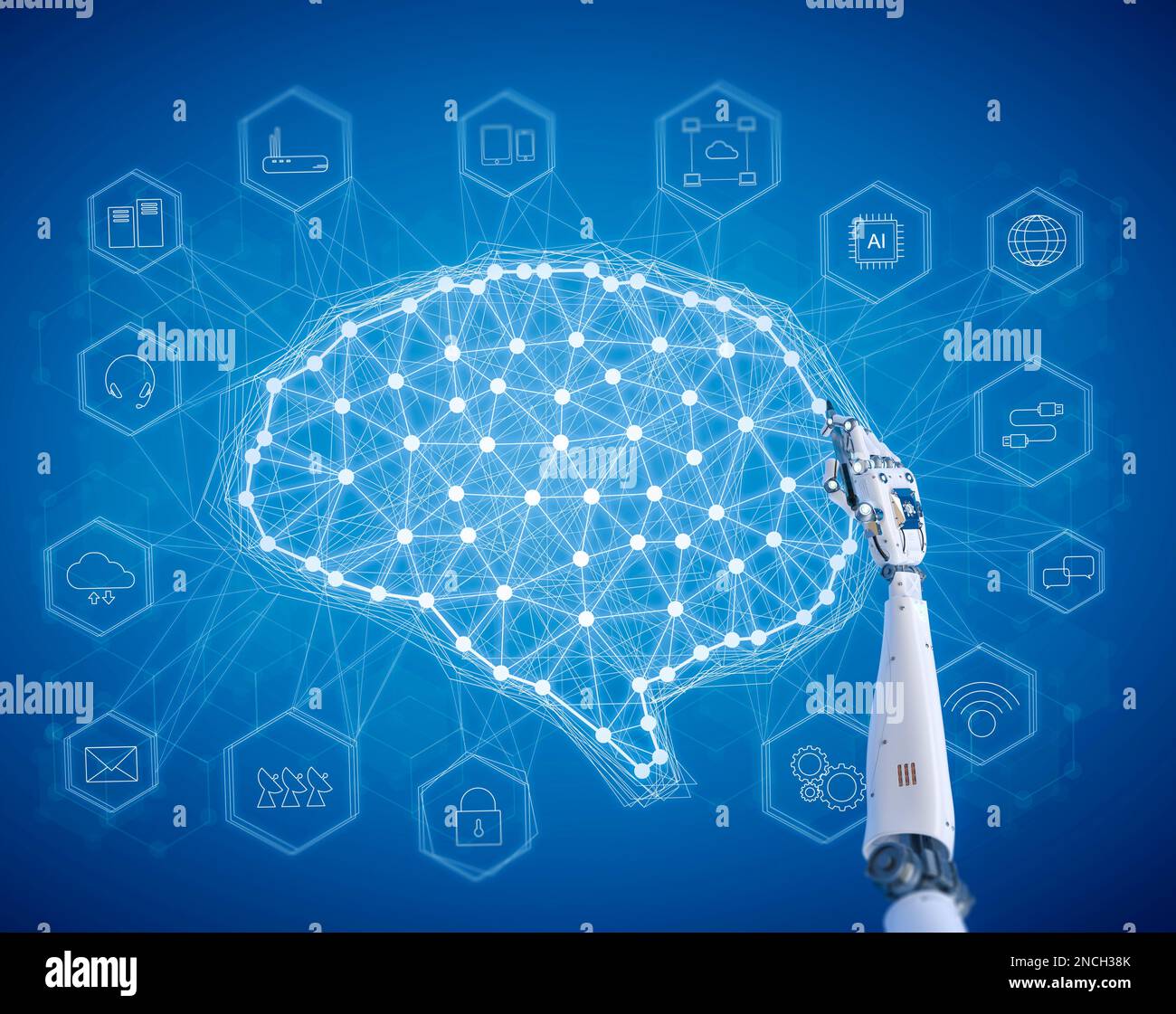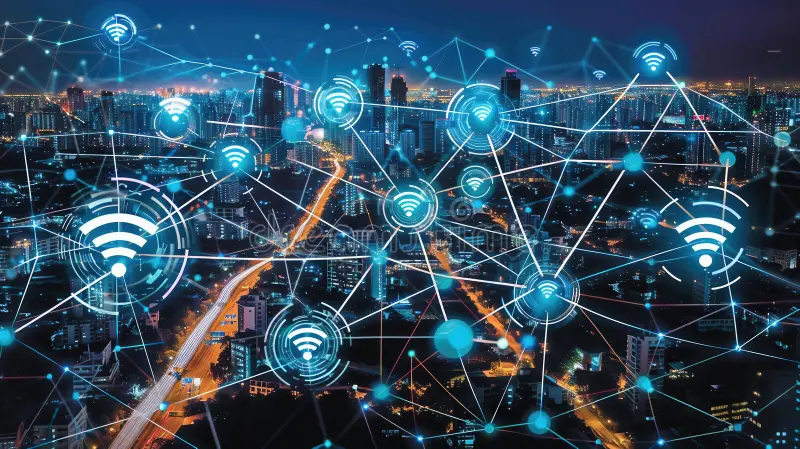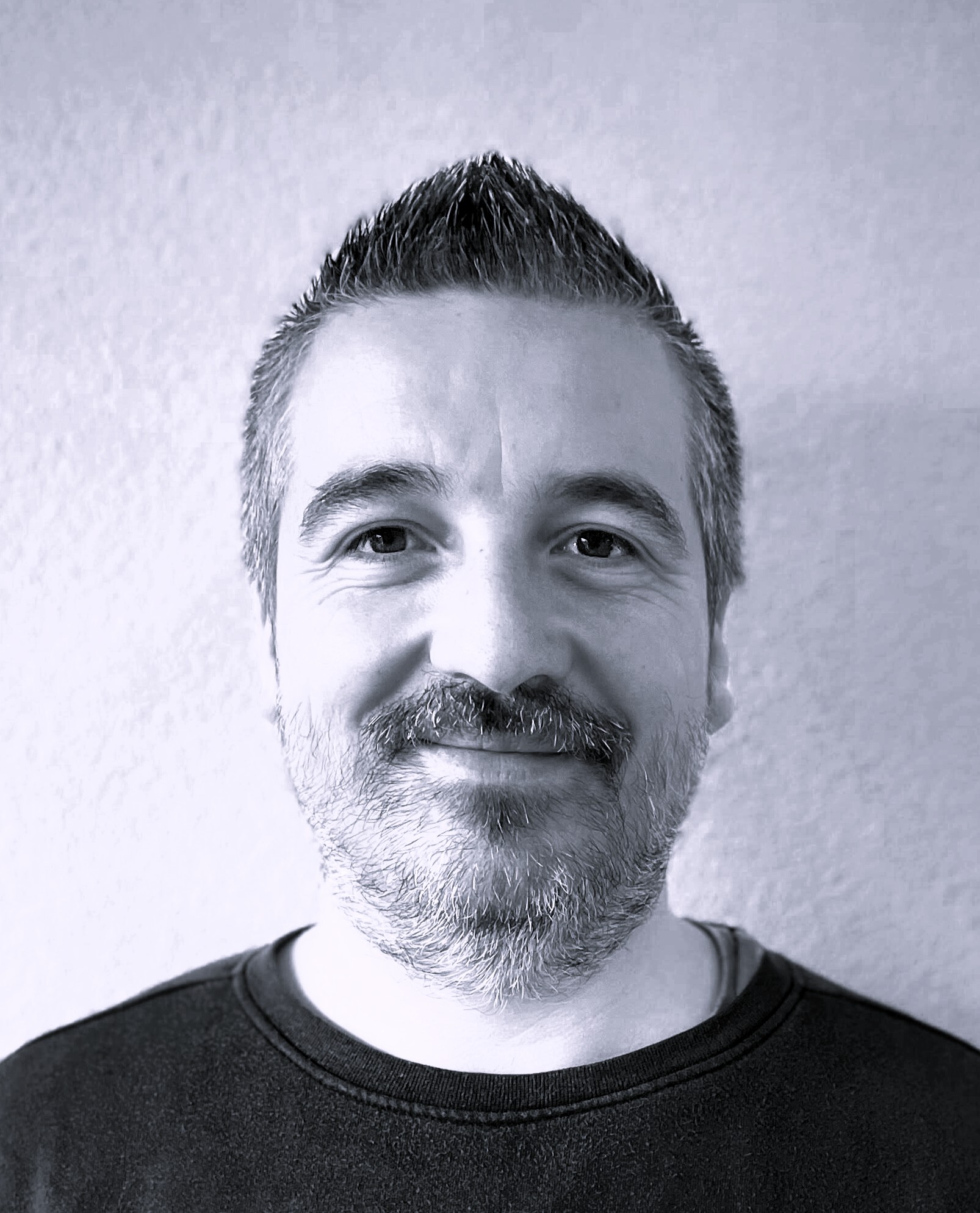🌍 AI and Telecommunications Trends – Week of September 1, 2025
This week’s news is truly fascinating. Imagine a single data center consuming as much energy as an entire city — not long ago, that sounded like science fiction, but it’s quickly becoming reality. The demand for AI is unstoppable, pushing telcos to rethink their networks, nations to build their own chip strategies, and companies to bring AI directly into people’s homes. Where will it all lead? One thing is clear: the future of technology is unfolding faster than ever.
1️⃣ OpenAI plans a 1 GW data center in India
What happened: OpenAI plans to build a data center in India with a minimum capacity of 1 gigawatt. To put it in context, that’s equivalent to the energy consumed by a medium-sized city.
Why it matters: India would become a strategic node for AI infrastructure, reducing dependence on the US and Europe. For OpenAI, it means bringing its services closer to a market of 1.4 billion people, with lower latency and more resilience. For India, it’s a signal that the country wants to be more than just a consumer: it wants to be a global technology producer.
Simple example: if a student in New Delhi uploads a complete manual to ChatGPT and asks for an analysis, the response wouldn’t have to travel to US servers, reducing seconds of waiting to milliseconds.
How it works: a 1 GW data center requires stable energy sources (nuclear, solar, hydroelectric), advanced cooling systems, and international fiber optic connectivity. It becomes a hub for training and deploying large-scale AI models.
 OpenAI plans to build a 1 GW data center in India to reduce latency and bring services closer to 1.4 billion people
OpenAI plans to build a 1 GW data center in India to reduce latency and bring services closer to 1.4 billion people
Source: Reuters – OpenAI plans 1 GW India data center
2️⃣ G42 diversifies chip suppliers for its AI campus
What happened: G42, a technology group from Abu Dhabi, announced that it doesn’t want to depend only on Nvidia for its AI campus. Now it’s looking for chips from AMD, Intel, and semiconductor startups, plus alliances with the US.
Why it matters: Chips are the “oil” of AI. If there’s a shortage or geopolitical blockades, the entire ecosystem slows down. By diversifying suppliers, G42 protects its position as an innovation hub in the Middle East and sends a message to the market: “you can’t depend on a single player, even if it’s Nvidia.”
Simple example: if tomorrow there were an export restriction on Nvidia GPUs to certain countries, G42 could continue training its models with alternatives without stopping defense, health, or banking projects.
How it works: its strategy combines multi-sourcing of hardware, local manufacturing agreements, and compatibility with open architectures (like AMD’s ROCm). This lowers costs, reduces risks, and democratizes access to computing.
Source: Reuters – G42 diversifies chip suppliers
3️⃣ Jio launches “AI-ready” cloud PCs and Riya voice assistant
What happened: Reliance Jio presented the JioPC in the cloud, which converts any television into a functional computer, and “Riya,” an AI voice assistant for users in India.
Why it matters: India has more than 600 million households with TV, but not all have a traditional PC. This solution democratizes access to AI and digital productivity at minimal cost. “Riya” becomes the natural interface for users with low digital literacy.
Simple example: a rural family connects their TV to a JioPC and can use Word, browse, or consult medical information through “Riya” saying in Hindi: “show me recipes for diabetes.”
How it works: the JioPC doesn’t do local processing, but in regional clouds optimized with AI, and the TV acts only as a screen. “Riya” uses multilingual voice recognition + LLMs adapted to local context.
 Jio democratizes AI access with JioPC cloud and Riya voice assistant for users in India
Jio democratizes AI access with JioPC cloud and Riya voice assistant for users in India
Source: Business Standard – Jio launches AI-ready cloud PCs and Riya voice assistant
4️⃣ Telecom consolidation: mergers and smart fiber
What happened: August closed with major movements in telecom: mergers like Charter-Cox and AT&T-Lumen, plus massive fiber deployments and low-latency data centers designed for AI workloads.
Why it matters: these mergers create operators with more scale, allowing them to invest in ultra-capacity fiber, 400 Gbps networks, and telco cloud services. It also changes the competitive balance: small providers could disappear or integrate.
Simple example: after the merger, an operator can offer banks and hospitals connectivity with latency less than 5 ms, vital for financial transactions or remotely assisted surgeries.
How it works: consolidation integrates fiber backbones, metropolitan networks, and data center hubs, optimizing routes for AI traffic. This enables better resilience, lower costs, and scalability.
 Telecom consolidation: mergers create operators with more scale to invest in ultra-capacity fiber and 5G networks
Telecom consolidation: mergers create operators with more scale to invest in ultra-capacity fiber and 5G networks
Source: Fierce Telecom – Telecom consolidation and smart fiber deployments
5️⃣ Europe seeks balance between AI and regulation: Amdocs vision
What happened: Oleg Volpin, from Amdocs, warned that Europe needs to find a balance between innovation and AI regulation to not lose competitiveness against the US and China.
Why it matters: Europe has a strong regulatory tradition (e.g., GDPR). If it doesn’t move carefully, it can slow down AI deployments in telecom. But if it manages to combine trust + innovation, it can become a leader in responsible AI.
Simple example: if a European operator closes a customer’s account using AI, it will have to explain how the decision was made. This generates trust but also forces creating auditable and transparent systems.
How it works: this implies models with decision traceability (explainable AI), external audits, and alignment with the future EU AI Law. At a technical level, it means training models with “logs” and interpretation layers accessible to regulators.
 Europe seeks balance between innovation and AI regulation to maintain competitiveness and leadership in responsible AI
Europe seeks balance between innovation and AI regulation to maintain competitiveness and leadership in responsible AI
Source: Telecoms.com – AI, regulation and Europe’s telecom future
📚 Recommended Readings
-
Telecom Industry Pulse August 2025 – Summary of mergers and fiber deployments. https://blog.3-gis.com/blog/telecom-industry-pulse-august-2025-recap
-
OpenAI plans 1 GW India data center – Reuters. https://www.reuters.com/world/india/openai-plans-india-data-center-with-least-1-gigawatt-capacity-bloomberg-news-2025-09-01/
-
G42 diversifies chip suppliers – Reuters. https://www.reuters.com/business/retail-consumer/abu-dhabi-backed-g42-aims-diversify-chip-suppliers-ai-campus-semafor-reports-2025-09-01/
-
AI, regulation and Europe’s telecom future – Telecoms.com. https://www.telecoms.com/ai/ai-regulation-and-the-economics-of-europe-s-telecom-future-a-conversation-with-oleg-volpin-general-manager-europe-and-network-at-amdocs
🎥 Recommended Video
AI and Telecommunications Video – Relevant content about the latest trends in artificial intelligence applied to the telecommunications sector.
Final Reflection
What we see this week is that artificial intelligence is ceasing to be a luxury reserved for Silicon Valley. It’s expanding to new geographies (India, Middle East, Europe), relying on new infrastructure (mega data centers, ultra-capacity fiber), and starting to reach the common household (like the JioPC on a TV).
This reminds us that AI doesn’t develop in a vacuum: it requires energy, chips, cables, regulatory agreements, and above all, strategic vision. Every move –whether it’s a 1 GW data center, a telco merger, or a voice assistant in Hindi– is a piece of a global board in constant reconfiguration.
The learning for us is clear: it’s not enough to understand the technology, we need to comprehend the complete ecosystem that makes it possible. And above all, we need to look at how those pieces connect to anticipate where the market is heading.
The key is understanding what AI can really do today, what we need to implement it well, and how to prepare for the changes coming. As I always say: technology advances fast, but common sense and human experience remain fundamental.
✍️ Claudio from ViaMind
Dare to imagine, create and transform.
